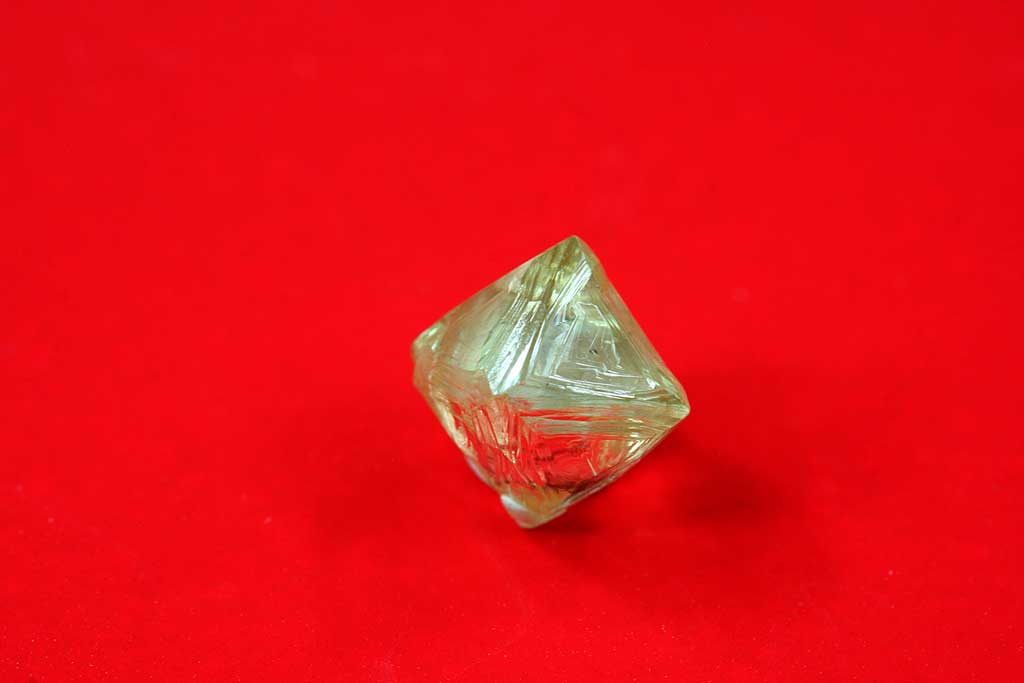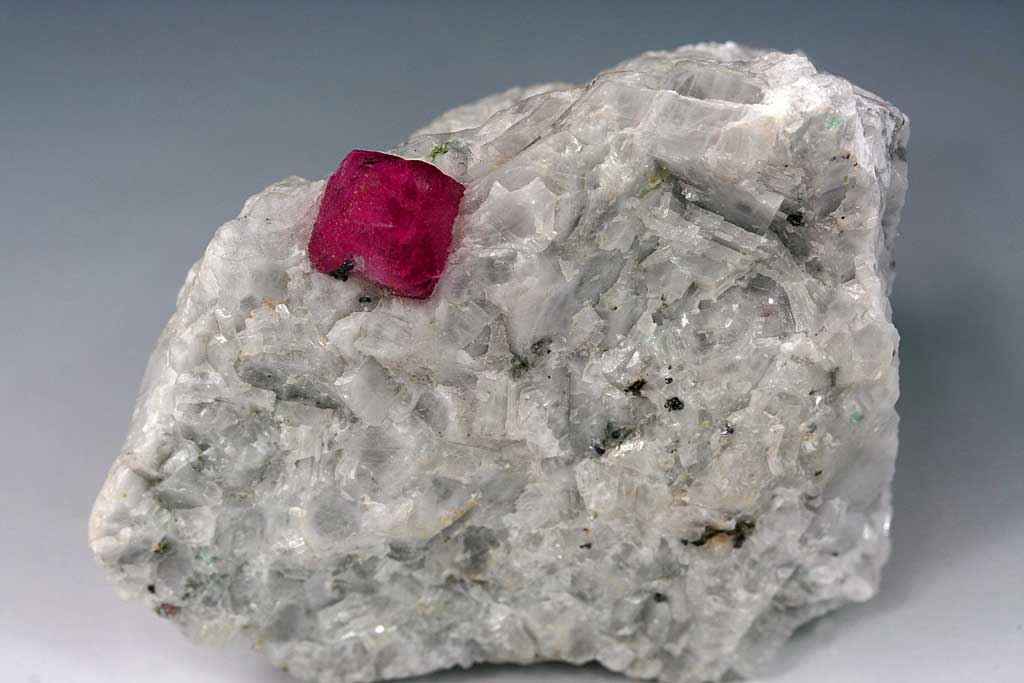Mineralogists so far have discovered the following 11 minerals in presolar grains (material from outside our solar system that formed when massive stars exploded or were part of the outflows of red giant stars) contained within chondrite meteorites:
Corundum (Al2O3) — This mineral, also known as alumina, is chemically and structurally the same as ruby and sapphire.
Diamond (C) — Scientists found nanometer-sized grains (around 2.6nm in diameter) possibly formed by vapor deposition.
Graphite (C) — The most stable form of carbon, graphite exists in presolar grains as particles and layered particles, some with graphene (an atomic-scale honeycomb lattice made of carbon atoms) cores.
Hibonite ([Ca, Ce]Al12O19) — This calcium aluminum oxide also contains some cerium and often titanium and magnesium.
Nierite (Si3N4) — Silicon nitride is a hard ceramic used in high-temperature applications such as bearings in the main engines of NASA’s space shuttles; mineralogists found it in the 1990s in presolar grains.
Olivine ([Mg, Fe]2SiO4) — Researchers have detected olivine on the Moon and Mars, in meteorites, in comets, and raining down on a protostar known as HOPS-68.
Pyroxene ([Mg, Fe]SiO3) — This forms a group of minerals; enstatites are magnesium-rich and ferrosilites are iron-rich. Both are common in meteorites. Astronomers have observed enstatite around the planetary nebula NGC 6302.
Spinel (MgAl2O4) — This magnesium aluminum oxide is common in the calcium-aluminum-rich inclusions of chondrites.
Titanium carbide (TiC) — This extremely hard ceramic occurs with other carbides and within grains of diamond, graphite, and Mossanite.
Titanium oxide (TiO2) — Three mineral forms of titanium oxide occur: rutile, anatase, and brookite. Each is TiO2 but crystallizes in a different way. TiO2 exists in the atmospheres of M-class stars, which are cool enough for the molecules to form.











